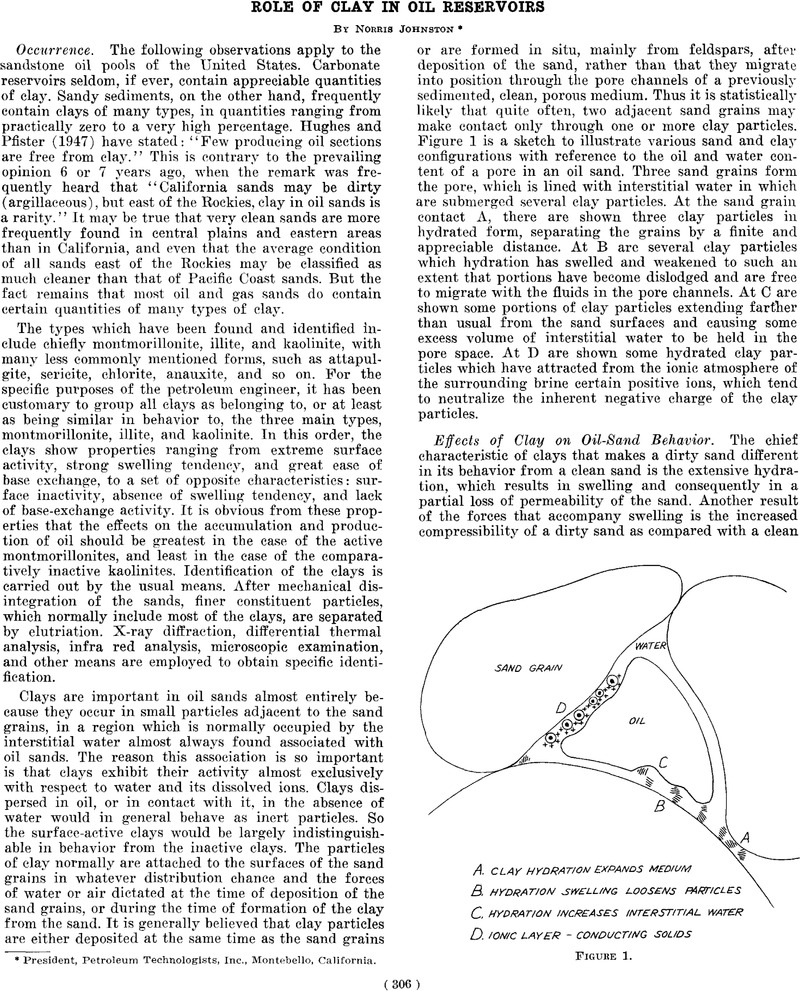Crossref Citations
This article has been cited by the following publications. This list is generated based on data provided by Crossref.
Gazizulin, Rasul R.
Klochkov, A. V.
Kuzmin, V. V.
Safiullin, K. R.
Tagirov, M. S.
Yudin, A. N.
Izotov, V. G.
and
Sitdikova, L. M.
2010.
NMR of Liquid 3He in Pores of a Clay Sample.
Applied Magnetic Resonance,
Vol. 38,
Issue. 3,
p.
271.
Al Hadabi, Ibrahim
Sasaki, Kyuro
and
Sugai, Yuichi
2016.
Effect of Kaolinite on Water-in-Oil Emulsion Formed by Steam Injection during Tertiary Oil Recovery: A Case Study of an Omani Heavy Oil Sandstone Reservoir with a High Kaolinite Sludge Content.
Energy & Fuels,
Vol. 30,
Issue. 12,
p.
10917.
Silva, Monique Lopes da
Martins, Jorge Leonardo
Ramos, Mario Martins
and
Bijani, Rodrigo
2018.
Estimation of clay minerals from an empirical model for Cation Exchange Capacity: An example in Namorado oilfield, Campos Basin, Brazil.
Applied Clay Science,
Vol. 158,
Issue. ,
p.
195.
Akkal, Rezki
Ramézani, Hamidréza
Khodja, Mohamed
and
Azzi, Slimane
2019.
Influence of the Clay Content and Type of Algerian Sandstone Rock Samples on Water–Oil Relative Permeabilities.
Energy & Fuels,
Vol. 33,
Issue. 9,
p.
9330.
Novikov, Dmitry Anatolievich
2020.
Hydrogeochemistry of authigenic mineral formation in Upper Jurassic sediments (the Nadym-Taz interfluve area, Arctic regions of Western Siberia).
Applied Geochemistry,
Vol. 122,
Issue. ,
p.
104704.
Dupont, Jeff
Dawson, Jeff
and
Mitchell, Richard
2021.
A complementary method of assessing clay stabilisers used in hydraulic fracturing applications.
The APPEA Journal,
Vol. 61,
Issue. 1,
p.
83.
Al Hadabi, Ibrahim
Sasaki, Kyuro
Sugai, Yuichi
and
Kano, Nobuhiko
2022.
The Effects of Kaolinite Fine Particles in Sandstone Reservoir on Omani Medium Oil Recovery by Low-Salinity Water Flooding.





